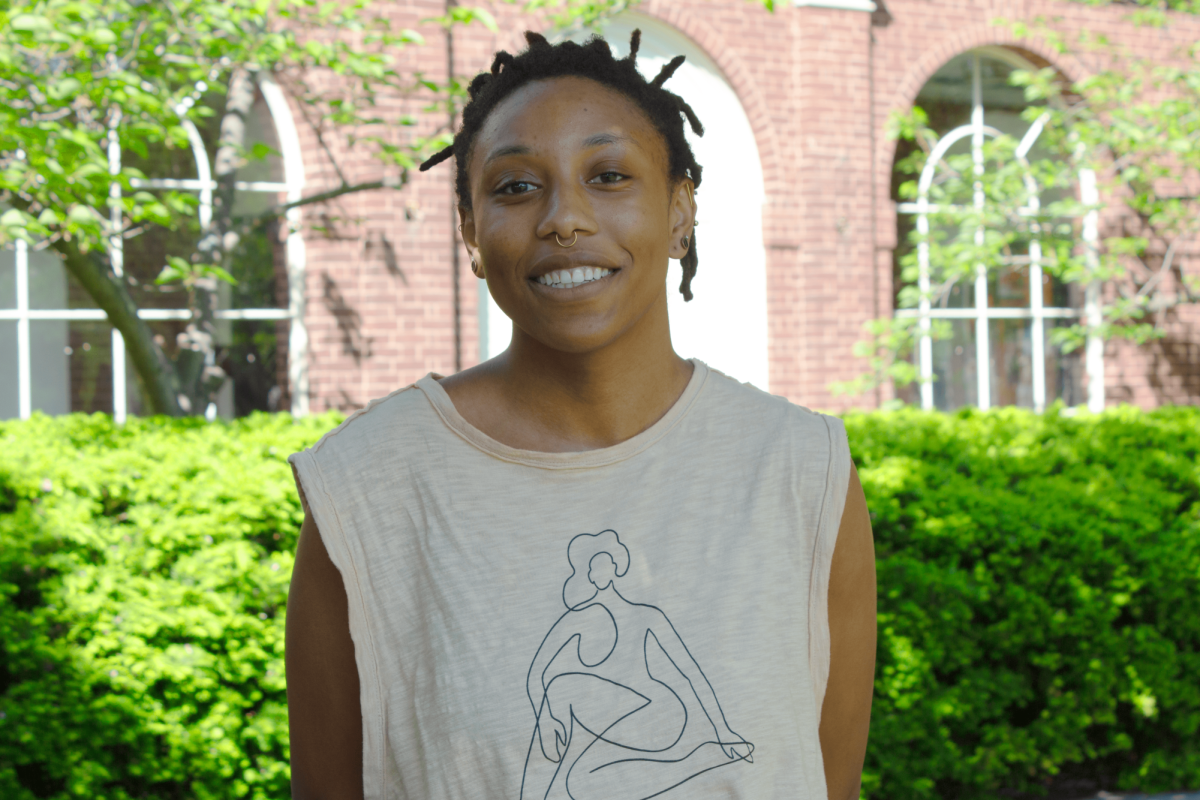Aadhaar: Exclusion by Design
December 1, 2021
The laptop screen glares with the brown-and-white image of an enlarged iris. Karan blinks purposefully, which allows for slow movements of his eye to be captured by the camera for storage in the memory of a hard disk. This digitization of his iris scan, fingerprints and facial features marks the customary birth of his “digital double.” Weeks pass as Karan eagerly waits for the formal documents to arrive at his place in Jaipur, India. These documents will contain a 12-digit identification number, called an Aadhaar number, assigned by the Unique Identity Authority of India; this number would officially attest to Karan’s existence as a citizen of his country. Next in line is Warda Devi, a lower-caste senior citizen hailing from Losal, a small village in the northern state of Rajasthan. Devi has travelled 150 kilometers by bus to complete the Aadhaar process. Though facial feature and iris scans go smoothly, the system displays an “Error” message and refuses to accept her fingerprints. After the fourth futile attempt, the operator behind the laptop stands up and expresses regret that they are “unable to register you at the moment.” For Warda, behind this unceremonious remark awaits potentially serious consequences.
India’s Aadhaar is the largest biometric identification project undertaken by a government of any country in modern history. Its goal was to establish a necessary and effective way of streamlining governance by increasing the transparency of bureaucratic and other transactions. With 1.29 billion registrants to date, the system is meant to enroll all residents of India and associate their personal details (name, gender, address) and biometric scans with a unique 12-digit Aadhaar number. Today an Aadhaar registration is required to receive social welfare benefits, vote, apply for tax returns and even register for school. Though the government has characterized the Aadhaar as a voluntary system, it is very difficult for the vulnerable to avail oneself of government benefits and navigate complex bureaucratic systems without this biometric proof of identity.
Caste serves as a primary source of social and economic stratification in India — a largely immutable social law based on an individual’s profession, wealth and heritage. Dalit (“broken”) is the name given to the lowest stratum caste of Hindus, historically referred to as “untouchables” who existed on the periphery of society. It has been argued that Aadhaar reproduces a form of digital caste system corresponding to real-life stratifications of caste. Though the government does not necessarily save information regarding one’s caste, religion, or education, several government departments and data-mining companies have been accused of creating parallel data systems that anchor themselves in this supposedly trivial information. If an individuals’ digital caste identity is fixed through Aadhaar, it will become impossible for them to distance themselves from it in real life.
Additionally, the Aadhaar program faces a rising challenge of data leaks originating from government websites, where sensitive biometric and personal information of certain citizens has been made publicly available – for anyone to access through a simple Google search. As one’s personal demographic details are revealed to the public through leaks, they are bound to be subject to surveillance and discrimination on a routine basis. Historically, disenfranchised minority groups such as trans individuals and dalits have been the central targets of bigotry and systemic discrimination. Most trans people do not work in the mainstream and due to ostracization and a lack of formal education, they are forced to pursue sex work or beg on the streets to survive — both of which are illegal in India. Considering that the profession practiced by many trans people is illegal, how safe is it for the trans community to have their Aadhaar linked to their phone numbers? Being an identifiable member of the LGBTQ community in India remains a major risk for many Indians, especially outside of major metropolitan cities, so how safe are queer people if a proof of identification can track them with their biometrics? Will it leave them vulnerable to targeted attacks in the future?
Aadhaar was intended to exhibit the government’s progressive mindset about having a structured administration, but it has exposed privacy concerns related to data breaches. It was supposed to ease the poor’s access to welfare, but has instead hurt the neediest. Measures need to be taken to ensure that data collected for Aadhaar is not stored on a centralized database, and legislations should be put in place to maintain the integrity of individuals who refuse to participate in this program. Former Solicitor General of India Gopal Subramanium noted sagely that “rights cannot be based on algorithms based on probabilities. Rights cannot be subjected to such vicissitudes. Constitutional guarantees cannot be whittled down by an architecturally flawed structure which involves a centralised database.” India’s government wants to move towards a progressive future by digitizing the lives of Indian citizens, but it also needs to proactively deal with the challenges that arise in regards to violations of citizens’ data, personal safety and access to welfare schemes and opportunities.






















Joseph Paul Bering Jr. MD FACC • Dec 3, 2021 at 4:03 pm
“Rights cannot be subjected to such vicissitudes.”
Good article. Sounds Orwellian for certain. The CCP is on the same controlling page of violating human rights and freedoms.